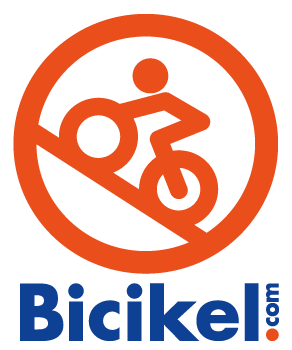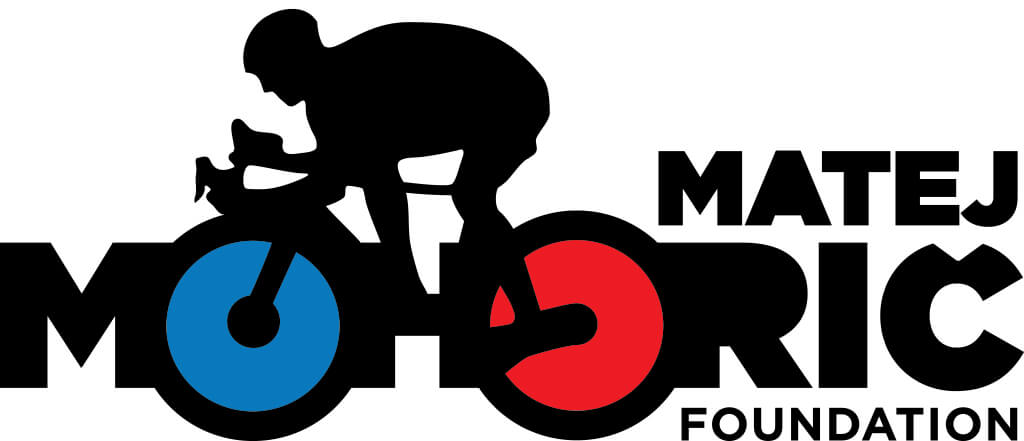How to train in winter?
With the arrival of winter and colder months, amateur cyclists often find themselves seeking creative ways to maintain activity and incorporate training into their routines.
With the arrival of winter and colder months, amateur cyclists often find themselves seeking creative ways to maintain activity and incorporate training into their routines. While winters are becoming milder, allowing for outdoor cycling almost year-round, there are still alternative ways to maintain fitness.

Cycling on virtual platforms
In recent years, cycling on trainers has experienced exponential growth with the emergence of virtual platforms. Using a smart trainer, anyone can virtually ride on different routes provided by these platforms. The significant advantage of indoor cycling is the execution of interval and structured training. If you miss the roads and climbs of L'Etape Slovenia, you can find them on the Rouvy platform and relive summer moments in the comfort of your home. >> Read more about L'Etape Slovenia route on Rouvey
Bike swap
We're not suggesting buying a new bike, but in the winter when roads are unfavorable and dangerous, mountain, gravel, or cyclocross bikes are excellent alternatives. All three options are great for maintaining fitness and practicing skill elements essential for descents, handling turns, or avoiding potential dangers on the road. If you miss racing, cyclocross is a fantastic and fun choice, and commuting by bike may also help you maintain fitness, especially on days when it's possible.
Functional exercise and fitness
Winter is an ideal time to focus on other parts of the body that cyclists sometimes neglect during the summer. These are primarily the abdominal muscles and arms, which are equally important. Professional cyclists have recently been dedicating a significant amount of time to this type of exercise as it strengthens all muscle groups, improves strength, and helps address any potential imbalances.
Cross-country skiing
Cross-country skiing is an excellent alternative for strengthening the entire body and maintaining fitness. Both styles, skate, and classical stress the muscles of the whole body; and the hilly terrain further encourages you to train your skills, coordination and improve your balance. All of this will certainly help you when you switch to a bicycle.
Hiking
Hiking is another interesting alternative. Conquer nearby hills and enjoy not only the views at the top but also the benefits of uphill walking, such as strengthening the legs and cardiovascular system. Running is a simple yet effective way to maintain cardiovascular fitness when roads are less suitable for cycling.
When walking up hills, we recommend the use of poles and, for the more skilled, Nordic walking - an extended step, as this relieves the legs a little, puts additional strain on the upper body, especially the arms and shoulder girdle, and at the same time "forces" itself into a more upright posture and achieves more open chest and greater use of breath. What's more - if you watch yourself carefully, you will notice a key change: the step starts with a thrust from the hips, not from the foot, so the whole body participates more easily, and the exercise is thus significantly more comprehensive. Also - using poles when descending is also beneficial for your knees, as you transfer part of the weight and do not burden the joints with your entire weight. In winter, however, we do not challenge the highlands in any way, and we always inquire about the snow conditions in advance, and we go with shoes, clothes and equipment suitable for the conditions.
Running
Winter running, equipped with proper snow and ice footwear, offers high-intensity cardiovascular exercise. Incorporating running into your training improves endurance, flexibility, and leg strength.








































